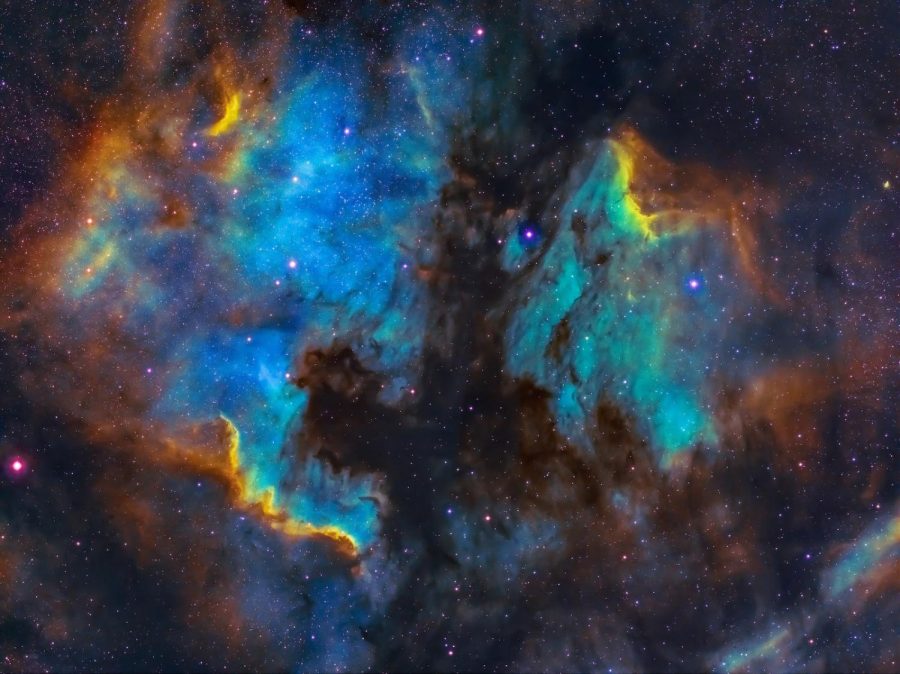Black Holes And Their Size
The different types of black holes
Black holes are one of the most fascinating and mysterious objects in the universe. They are formed when a massive star collapses in on itself, creating a region of space where the gravitational pull is so strong that nothing, not even light, can escape. The size of a black hole is determined by its mass, which is the amount of matter it contains.
The smallest black holes are known as stellar black holes and are formed from the collapse of a single massive star. These black holes can have a mass of up to 20 times that of the sun, but are only a few miles in diameter. Despite their small size, they have an incredibly strong gravitational pull that can distort the fabric of space-time around them.
The largest black holes are known as supermassive black holes and are found at the centers of galaxies. These black holes can have a mass of billions of times that of the sun and can be millions of miles in diameter. They are thought to have formed from the merging of smaller black holes and the accretion of matter from their surrounding galaxies.
The size of a black hole is important because it determines how it interacts with its surroundings. Smaller black holes are more likely to be found in binary star systems, where they can pull matter from their companion star and emit powerful X-rays. Supermassive black holes, on the other hand, are thought to play a key role in the evolution of galaxies, as they can influence the motion of stars and gas around them.
In conclusion, black holes come in a range of sizes, from the smallest stellar black holes to the largest supermassive black holes. Their size is determined by their mass, which in turn affects their gravitational pull and interactions with their surroundings. Despite their mysterious nature, scientists continue to study black holes in order to better understand the universe around us.
Related Stores:
https://skyandtelescope.org/astronomy-resources/how-big-is-a-black-hole/
https://coolcosmos.ipac.caltech.edu/ask/232-How-big-is-a-black-hole-
https://astronomy.com/news/2020/04/how-much-space-does-a-black-hole-take-up
Take Action:















